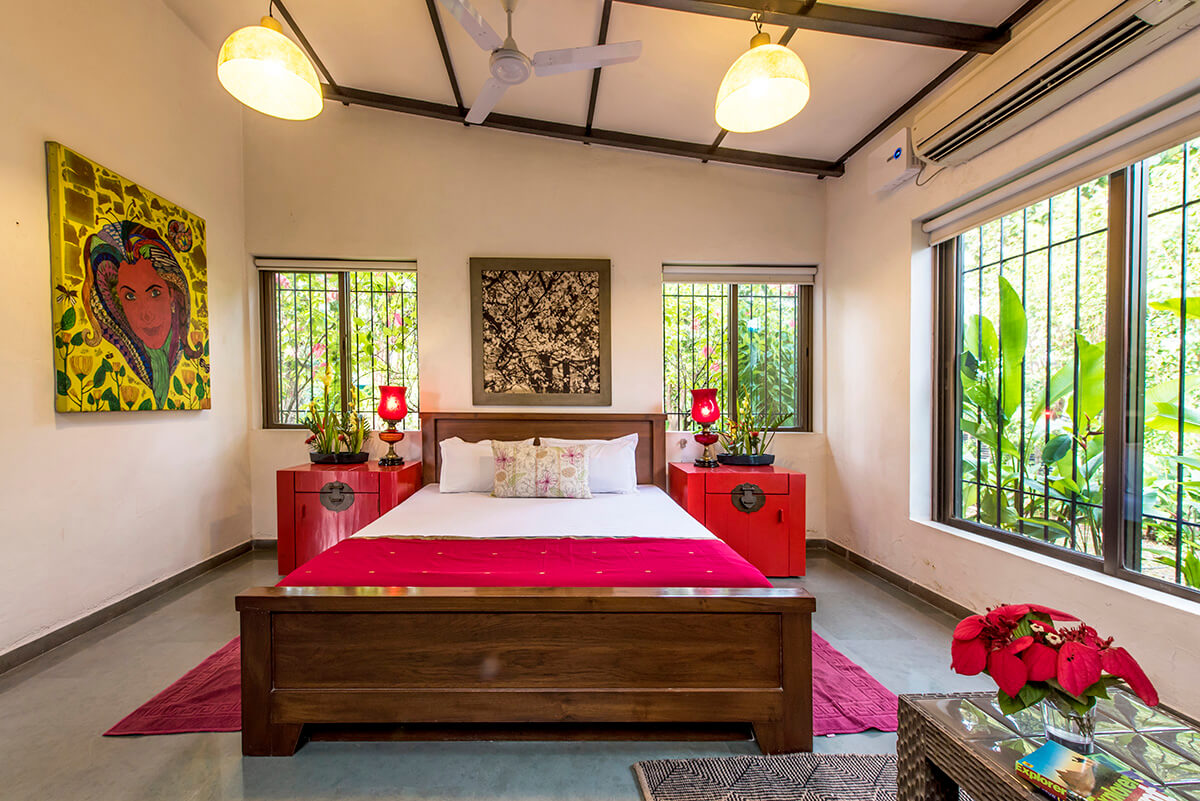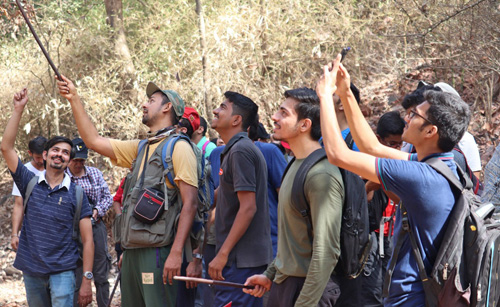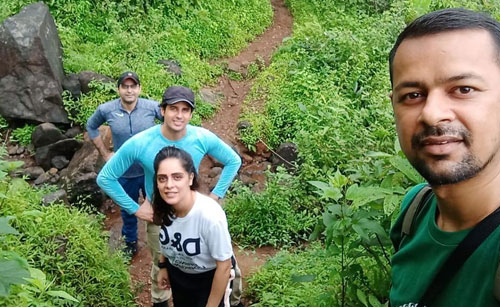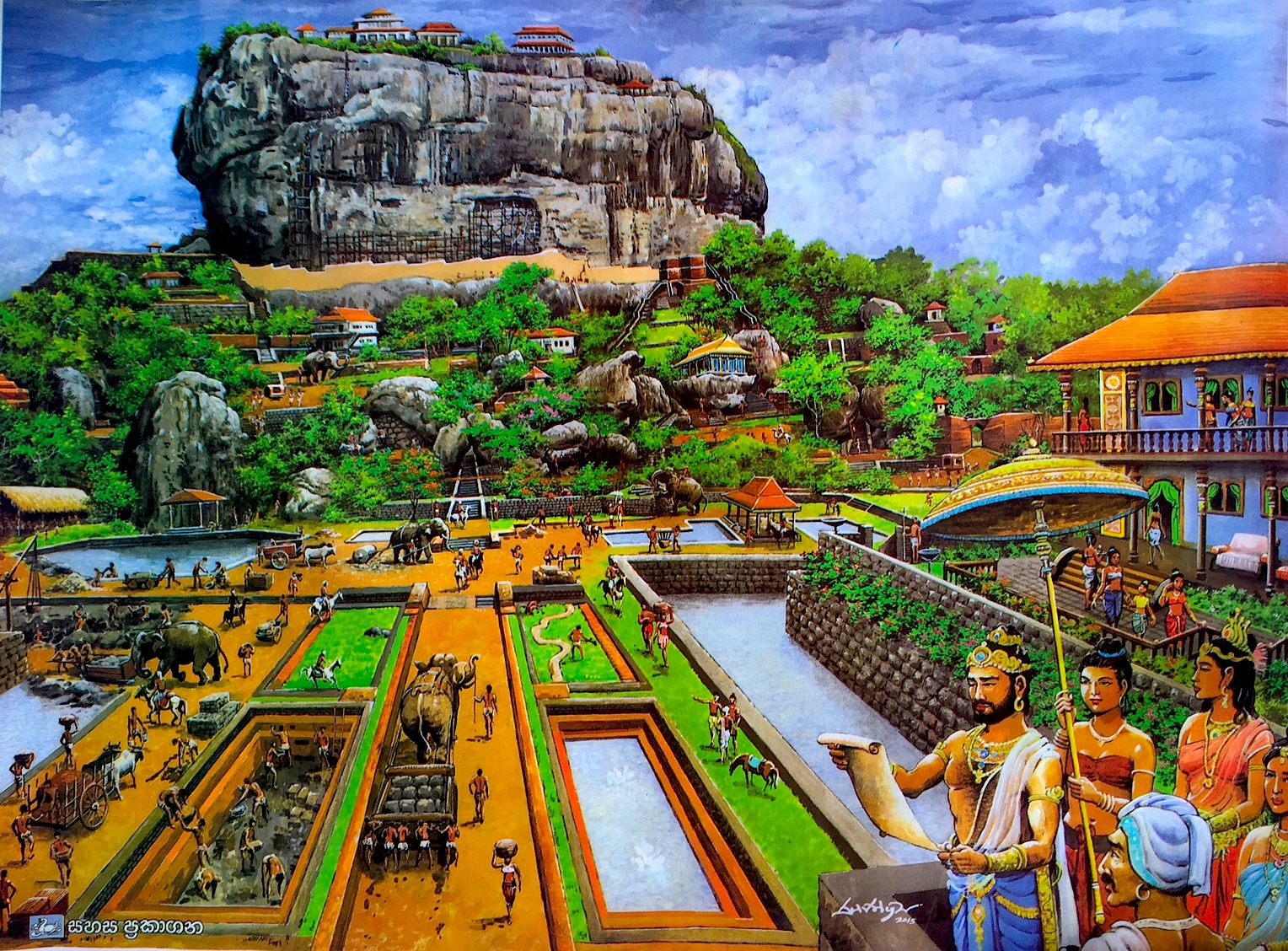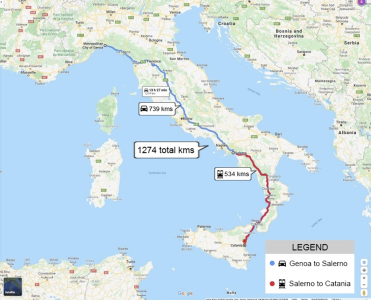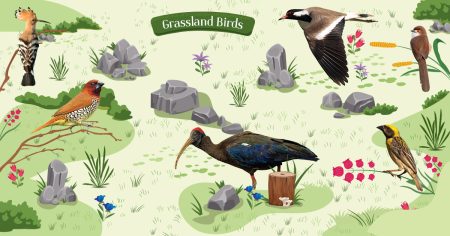Introduction to Ravan’s own country
Sri-Lanka (resplendent Island in Sanksrit) or Ceylon (British name) is teardrop shaped island off the southern most coast of the Indian sub-continent. My only impressions of Sri Lanka were the poor and destitute refugees I encountered during my studies in Switzerland, mostly Tamil, who do odd and menial jobs en Suisse and other parts of Europe. Fleeing the war-torn region of Sri Lanka, they did more work supporting and funding the LTTE (The Liberation Tigers of Tamil Eelam – a terrorist outfit fighting for a separate Tamil State in the North-East portion of the country) from the outside of their native country than they would have done from the inside. So as an Indian, the few hearsay and impressions that I had gathered about Sri Lanka was war-torn, tamil and poverty-ridden and the country proved exactly the opposite on my first visit there.
Rehearsals for Sri-Lankan Independence Day at the Independence Monument, Colombo.

The minute one lands at the tiny airport of Colombo, one can feel the diversity, happiness and acceptance of the people. I think Sri Lanka has always been more connected with the world even more than India due to it being a major trading route stop-over for merchant ships without them having to even touch the India Main-land. Their connections with the Arab, Chinese and South –East Asian world have been frequent and long-standing. The large numbers of Japanese and Asian tourists due to the many Buddhist Sites and Heritage in Lanka is alarming. Sri Lanka is the only South-Asian country that stuck to its Buddhist roots and in one way is a Buddhist Mecca in the region (South-Asia) to which Buddha actually belonged. That says something about their loyalty!! It is believed by the people of Sri Lanka that Buddha visited Sri Lanka several times and predicted that this will be the only place where Buddhist will flourish long after he is gone.
A Buddhist Stupa below the Dambulla Caves

Seeing the honesty and friendliness of the people it really made me wonder whether Buddhism as a religion promotes happiness, simplicity and contentment than Hinduism. Though India has its own set of problems of over-population and governance, we are a richer and more prosperous country than them but still don’t have a fraction of the innocence and peace that I felt there. Their ancient cities much better preserved than ours and their Buddhist shrines were very clean and tidy. I was climbing up the Dambulla Temple Caves on a rainy day and there were a lot of tourists walking up the half-hour trek but no one pushed and pulled or tried to get ahead. Everyone respected each other and walked orderly up the mountaintop with umbrella ends banging against each other.
While climbing up the temple caves of Dambulla, there were dustbins everywhere.

I was like, “I love this country!!” The minute one lands back at Mumbai International Airport people start out-running each other, breaking lines and coming up with devious schemes on how to get ahead. There is something in the atmosphere of Mumbai that casts a shadow on the minds of people and makes them more aggressive. I felt that Sri Lanka has fossilized a part of Indian culture that was more civilized and advanced than what Indian culture presently is. We can go see that and learn from that as it is the similar race and genetic.

Fresco paintings inside the Dambulla caves.

Orderly umbrella fest while walking up to the caves at Dambulla.

A pristine house at the lake near the property “Amaya Lake Resort”, Dambulla
Ancient cities – North
In the Northern part of the island are the historical sites and ancient cities such as Sigiriya, Dambulla, Anuradhapura and Polonnaruwa. Kandy has been the spiritual and political power center and even till today is the foremost Buddhist shrine as an original tooth of the Buddha has been preserved there. A short and enjoyable flight from Mumbai magically transported us to Colombo; we left next morning to the Northern part of the country via Pinnawala, the elephant orphanage run by the Sri-Lankan government. In spite of staying in Dambulla for three nights we were only able to visit Sigiriya and Dambulla caves due to lack of time and ample choices and options on things to do!
Elephant Orphanage – Pinnawala.

A two-hour drive from Colombo, mid-way to the ancient cities in the North, is the Pinnawala Elephant Orphanage. The elephants are chained and handled by their mahouts but they didn’t have that lifeless look in their eyes as other domesticated wild animals normally have. They seemed alive and free within certain parameters. They have a set routine each day and visitors follow them around and interact with them while they go about their daily chores of eating, bathing and resting. We made it in time for the closing ritual of the day where they are taken to the nearby river for an evening stroll before they shut the orphanage down for the day. The elephants graciously walked back to their habitat happy to be finally amongst their own away from the prying human eyes that objectify them to have some relief from their own boring selves, soon after the humans trialed away from this small, quaint town to retire to their beds only to relive these magical and gigantic creatures in the eyes of their minds.

Panoramic view of the river where the elephants bathe each day as part of their routine
Dambulla Caves
A short half-hour trek up a hill situated right within the bustling town of Dambulla is the Dambulla Cave Temple. A fun and short trek laden with Frangipani trees, corporate sponsored dustbins and cobble-street winding lanes takes one up to the ancient caves.
Next to or at the entrance of every major Buddhist Shrine there are small Hindu temple/s as well. This I felt was a way of paying respect to Hinduism as a mother of their Buddhist heritage. The dambulla caves were no exception to this. The Hindu temple was placed in such a way that it didn’t make it mandatory for the normal tourists to go through it to reach the caves, which remain the main attraction. This seemed more like a local thing to do.

Even the temples seemed so much cleaner and neatly organized in Sri-Lanka


A family of monkeys huddle together fast asleep and oblivious to passer-byers
Sigiriya
Though there have been records of Sigiriya right through pre-historic times and mention in mythological stories (It is believed to have been built by MayaDanav the chief architect of Ravan’s father, Visravas), the more recent history of the monolithic rock is based in the 5th century A.D when King Kashyap used the fortress like qualities of the rock to make his opulent kingdom around it due to prevailing family feuds. There were manicured lawns with modern water systems that maintained their freshness spread out over many acres around the rock.

An artist depiction of the Sigiriya (Lion-Rock) at the peak of its glory
Sigiriya is undoubtedly the best-preserved city-center from the first millennium in Asia. It was forgotten about and then re-discovered by wandering English Men during the Raj. The most impressive part of the structure would have been the sitting lion frontal pose, which can be seen by the well-preserved paws of the lion. This gigantic carving would have been the entrance to the grand palace grounds situated on the plateau of this monolith.

The remains of what would have been a carving of a sitting down lion (frontal view). Gigantic paws covered in moss tell an ancient tale.

Well-organized staircases and spiral stairs make an easy climb up the 600 ft high rock column


An architectural marvel, Sigiriya had brick buildings near the summit of the structure (now in ruins). The ruin-laden lawns, which precede the climb on a rainy and cloudy winter-day.

Winding staircases Enroute the summit.

Ancient ruins Enroute the summit.
South of Colombo and Galle
After taking in some fresh air and a lot of history lessons in the Central and Northern provinces of this blessed land, we drove within in one day via Kandy to the Southern most region of Sri-Lanka. Freewheeling expressways build on loans from the Chinese governments start showing up as one bypasses Colombo city on the way down only to be transported to the sun-kissed beaches of the South which are sardined by foreign tourists.

The azure blue and green waters at Unawatuna beach near the Galle Fort.
The best boutique hotels, restaurants and clubs are accessible from here. The beaches get prettier as one proceeds southwards though we didn’t go beyond Galle. The farthest south I went was Mirissa for blue whale watching, which was not a highly recommended experience. One has to rise by 4 AM and arrive at the docks where small ferryboats take one for a deep, bumpy ride into the Indian Ocean. The magnetic blue color of the ocean was the only silver lining of this experience. The ferry boats, maybe 10-20 of them all filled with tourists chase blue whales on the high seas as and when anyone spots them. The whales are difficult to spot and appear for less than few seconds.

Our boat sets sail from Mirissa to look for blue whales
The fort of Galle is definitely the jewel in the crown of Sri Lanka tourism. Made by the Portuguese traders and then usurped by the Dutch as they used Sri-Lanka as a transit point while they transported goods from their colonies in South-East Asia, ultimately landing up with the British when they annexed the country, as did the larger Indian sub-continent, Galle must have seen its good and bad days.

A small trek through a forest from the beach brought me the Hanuman pond, where a local who looked exactly like Hanuman sat with a donation box. It is believed that the flora fauna in this area is not native but rather Himalayan in nature since the entire mountain that Hanuman uprooted in the Himalayas in his search for the herb “Sanjeevani” was placed here.

In fact 2-3 days are required in this area itself to soak in the culture, history, boutique shops and restaurants and other attractions. There are annual art and literature festivals held in Galle every year. It is easy to walk around by foot and explore the area.

Peace Stupa.

Rain-clouds burst far away in the horizon as old stone structures stand out at the Galle Fort.

Massive boulders like these speak volumes about the history of this area
Sum Up
The Sinhalese language is Sanskrit based and not Tamil based as assumed by me (It surely looks like Tamil). Lanka and India have cultural ties and exchanges over many millenniums. Hindu Indian kings in the past have many times tried to control the island and succeeded at that but the resilience of the people and geographical isolation (surrounded by water on all sides) always resulted in their self-rule. It is one of the few countries in the world that welcome Indian tourists with open arms. They have a sparkle in their eyes in minute you tell them that you are from India. There are specials rates at heritage sites and wildlife safari’s for SAARC (South Asian Association for Regional Cooperation).

Ticket from the Elephant Orphanage – Pinnawala
The good road conditions and disciplined driving-etiquette, liberated woman-folk (with their landmark skirts) and free mindedness of the people strikes a first time visitor especially coming from India. The descendants of Ravan happily converted to Buddhism so that they could shed off the slightly negative image they received from the Ramayana story. Of course their version of the Ramayana is completely different. After all which people will be willing to accept their greatest mythological king and such a learned Pandit dying at the hands of an ordinary hermit. In the ten days that we were there we barely scratched the surface, one needs to visit and re-visit Sri-Lanka several times in order to explore it deeper.

